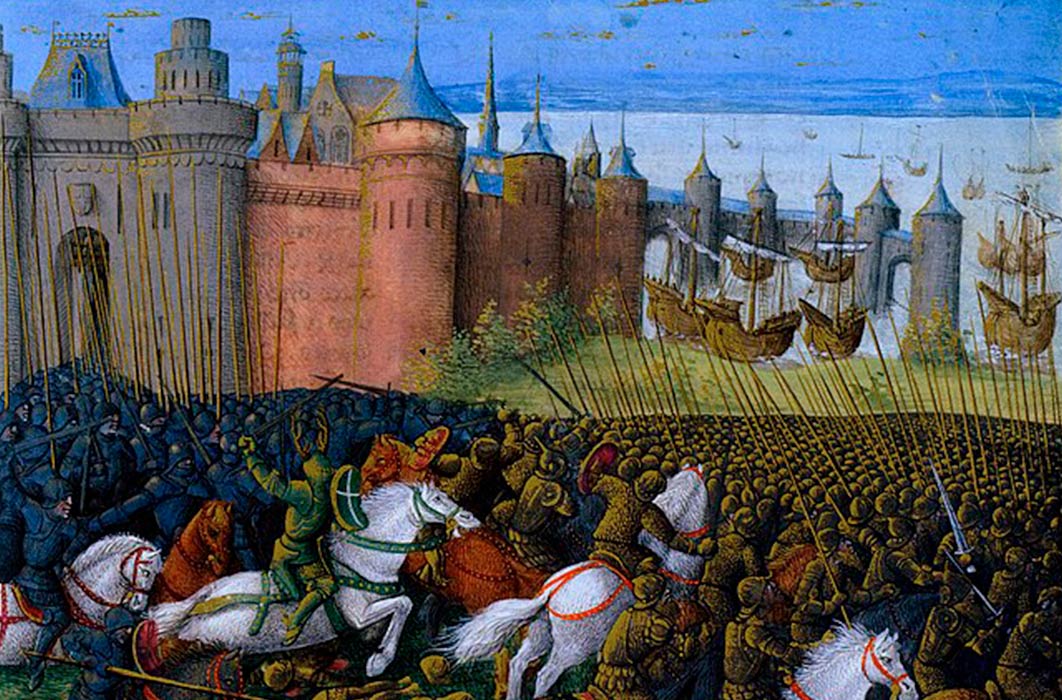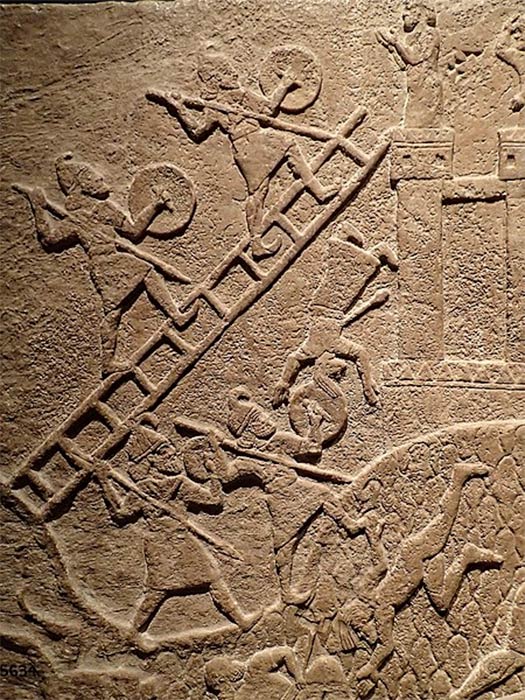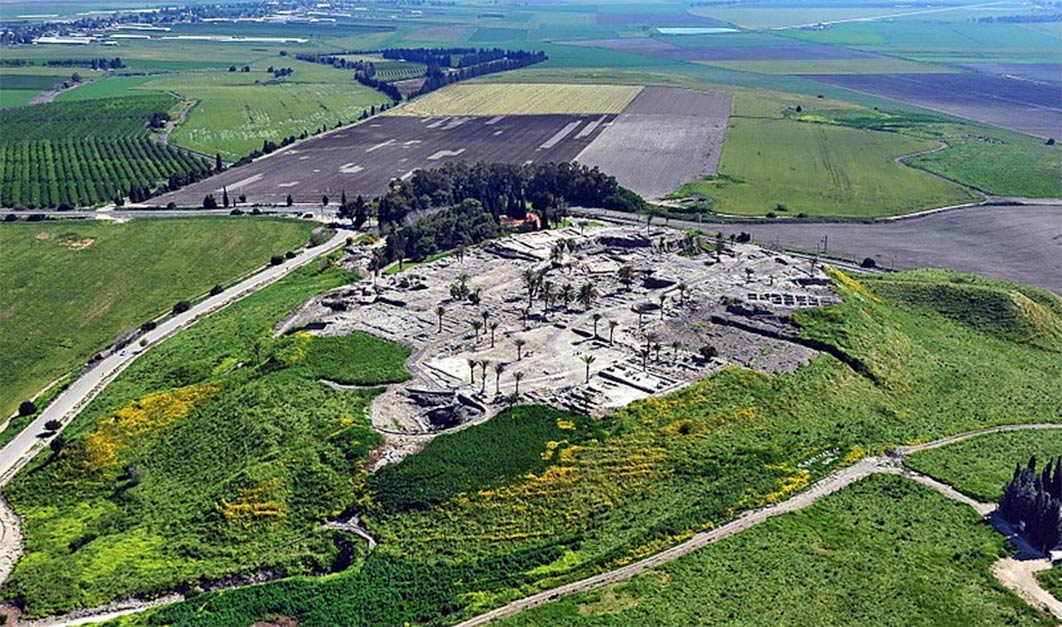
Ancient Engineering: The Art Of Siege Warfare
The word ‘siege‘ conjures up imagery of high wooden towers attacking thick stone castle walls, but in the ancient world sieges also required extreme engineering prowess. Innovations in attack catapult technology and in the building of military blockades around defending cities promoted the arts of conducting and resisting sieges. Historians and archaeologists refer to this as ‘siege warfare‘ or ‘siege craft‘. During the Medieval period sieges most often ended after a few months with the defenders generally starving or dying of diseases, but in ancient history sieges sometimes lasted for several years. Among the earliest ever recorded sieges, three of them represent unique military-engineering amalgams where innovations on both sides changed the entire shape of world history.

Assyrians using ‘siege ladders’ attacking an enemy town during the reign of Tiglath-Pileser III 720-738 BC, carved in his royal palace at Kalhu (Nimrud). (Mary Harrsch/ CC BY-SA 4.0)
Siege of Megiddo
Inhabited since around 7000 BC Tel Megiddo (Tell of the Governor) is a hilltop archaeological site at the ancient city of Megiddo, in northern Israel, about 30 kilometers (18.64 miles) south-east of Haifa. Megiddo is historically, geographically and theologically most well-known by its Greek name, Armageddon, and this is the legendary location identified in the Bible where the last battle between angels and demons would be fought at the End of Days. Located at the northern end of the Wadi Ara defile pass through the Carmel Ridge, and overlooking the rich Jezreel Valley from the west, according to writers Richard Ernest and Trevor Nesbit in their 1993, The Encyclopedia of Military History from 3500 BC to the Present, Megiddo was an exceptionally important Bronze Age Canaanite city-state. During the Iron Age it became a royal city in the Kingdom of Israel. The site is now protected as the Megiddo National Park and declared a World Heritage Site.

Tel Megiddo is the site of the ancient city of Megiddo which is best known by its prophetic Greek name - “Armageddon”. (AVRAM GRAICER/CC BY-SA 3.0)
Megiddo strategically guarded the western branch of a narrow pass on the Via Maris, the most important trade route of the ancient Fertile Crescent linking Egypt with Mesopotamia and Asia Minor, which meant it was the site of several battles including the first recorded military engagement in history, the ‘Battle of Megiddo’ in the 15th century BC. The ‘Battle of Megiddo’ was fought when Egyptian forces under the command of Pharaoh Thutmose III advanced north looking for a large rebellious coalition of Canaanite states led by the king of Kadesh. Historians estimate that the Egyptians and the Canaanites warred with around 1,000 chariots and 10,000 infantry.

Tel Megiddo was inhabited from around 7000 BC but the first significant archaeological remains date to the Chalcolithic period (4500–3500 BC). (Hanay/CC BY-SA 3.0)
The Egyptian Pharaoh Thutmose III led his forces all the way north into modern day Palestine to quell what he suspected was a rebellion of Mesopotamian city-states. When the two armies met outside the city of Megiddo the infantryman and charioteers clashed violently. Historian Trevor Nesbit’s 1990 book The Evolution of Weapons and Warfare, states the pharaoh himself was said to have fought on the front lines. With three strategically considered infantry wings, the leader of the Egyptian army commanded an attack against two Canaanite flanks. With their superior position and numbers the Egyptians collapsed the enemy lines and caused the Asiatic army to retreat into the city’s fortifications, but Thutmose soon proceeded to cut off all traffic in and out of the city and his hydrologists identified the water supplies which were dammed and blocked.




